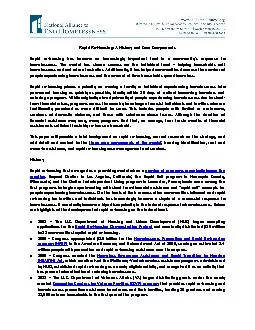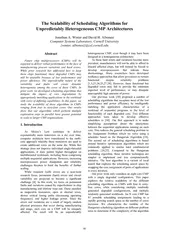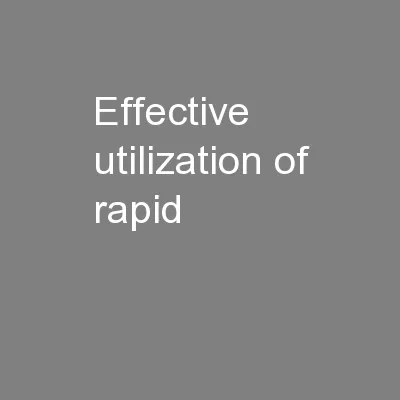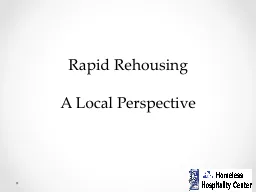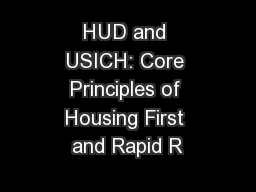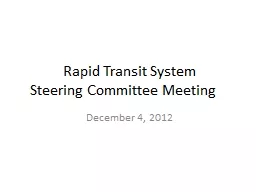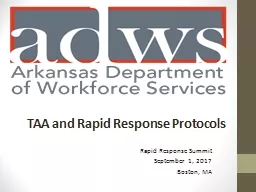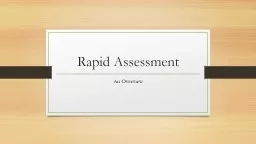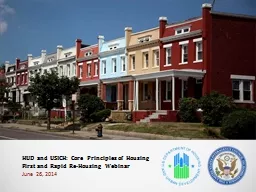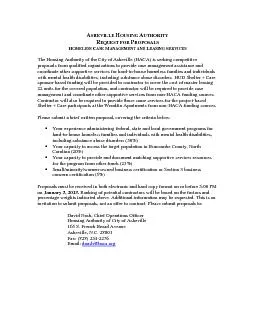PDF-Rapid Reousing: A History and Core ComponentsRapid ousing has become a
Author : stefany-barnette | Published Date : 2015-10-08
housing movein assistance and rapid rehousing case management and services HistoryRapid rehousing first emerged as a promisingmodel when a number of programsorganically
Presentation Embed Code
Download Presentation
Download Presentation The PPT/PDF document "Rapid Reousing: A History and Core Compo..." is the property of its rightful owner. Permission is granted to download and print the materials on this website for personal, non-commercial use only, and to display it on your personal computer provided you do not modify the materials and that you retain all copyright notices contained in the materials. By downloading content from our website, you accept the terms of this agreement.
Rapid Reousing: A History and Core ComponentsRapid ousing has become a: Transcript
Download Rules Of Document
"Rapid Reousing: A History and Core ComponentsRapid ousing has become a"The content belongs to its owner. You may download and print it for personal use, without modification, and keep all copyright notices. By downloading, you agree to these terms.
Related Documents

